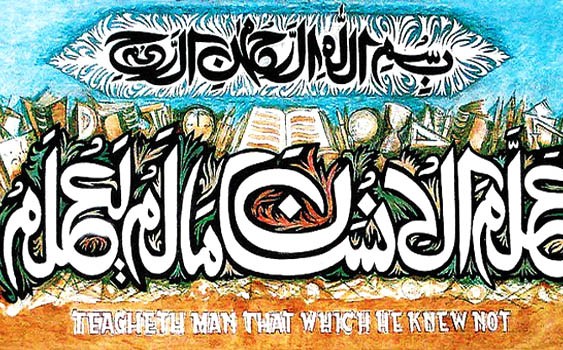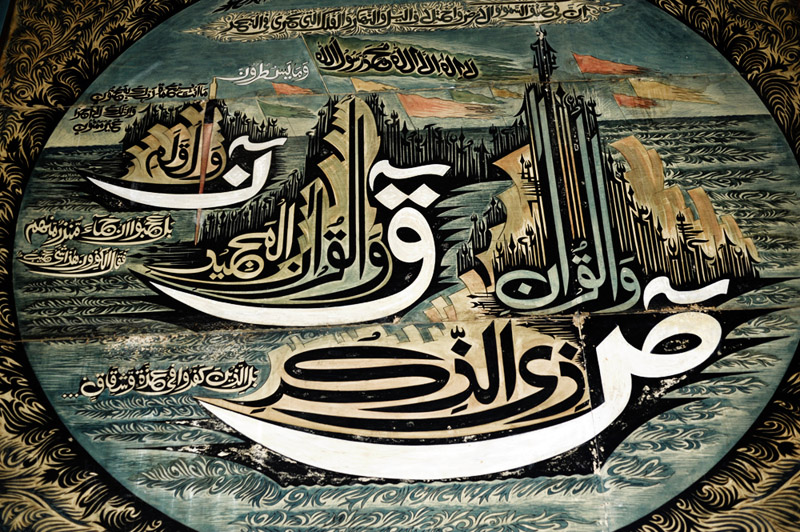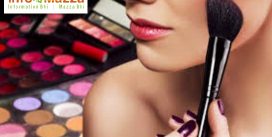Sadequain’s calligraphy at Lahore Museum.
Sadequain’s calligraphy at Lahore Museum.
Sadequain’s calligraphy at Lahore Museum.
Syed Sadequain Ahmed Naqvi, Tamgha-e-Imtiaz, Pride of Performance, Sitara-e-Imtiaz (Pakistani Awards), also often referred to as Sadequain Naqqash, was a world-renowned Pakistani artist, best known for his skills as a calligrapher and a painter. He is considered as one of the finest painters and calligraphers Pakistan has ever produced. Sadequain was responsible for the renaissance of Islamic calligraphy in Pakistan. He claimed that his transformation into a calligrapher was manifested by divine inspiration. He did not follow the tradition and created his own style of script. His alphabets exude motion, mood, and paint vivid pictures of the message of the word. Sadequain claimed that many of his paintings especially after the seventies had been based on calligraphic forms to portray images of cities, buildings, forests, men, and women.
Before Sadeqain, few painters had experimented with the medium in Pakistan. Sadequain is commended for bringing calligraphy into a mainstream art form, as most of the known Pakistani artists have followed Sadequain and calligraphic art now dominates the art scene. Sadequain also painted classical literature from the poetic verses of Ghalib, Iqbal and Faiz. He belonged to the school of thought which enriched realism with lyricism. Sadequain Illustrated French Nobel Prize winning writer Albert Camus, Ghalib, Iqbal, and Faiz. Sadequain was the most prolific painter of the post partition Pakistan. He was constantly at work and he worked on large scale. He worked on large murals for public buildings symbolic of the collective labor of humanity and his work was mostly donated to the public.
Calligraphy panel at The Metropolitan Museum of Art, 2000, 20th century Sadequain (Pakistani, 1930–1987) Colors on wood. his calligraphic painting represents just one aspect of the Pakistani artist Sadequain’s oeuvre. He was from a family of scribes and had trained in calligraphy in his youth, but started his career with oil paintings and murals. His works depicting Cubist-like figures, seascapes, and landscapes, which often tackled moral and political issues, gained him local fame and state patronage in the 1950s. In 1961, he won recognition at the Paris Biennal and throughout the decade exhibited in the United States and Europe. But calligraphy remained an interest and he came to focus on this genre during the 1970s, when many modern artists of the Islamic world were returning to this traditional form of art. In this painting, Sadequain has arranged the inscription on a series of boats which, in the Qur’an, often symbolize safety and security. The inscription reads: “In the name of the memorable Qur’an. In the name of the glorious Qur’an. In the name of the pen and anything it writes.
He was a self-made, self taught painter, completely untraditional and above all, shows no signs of being inspired by any other master of art who lived before him or at his time.
Sadequain received well deserved decorations.
- 1960 – Government of Pakistan — “ Tamgha-e-Imtiaz”
- 1961 – Government of France — “Biennale de Paris”
- 1962 – President of Pakistan — “President’s Medal of Honor”
- 1975 – Government of Australia — “Cultural Award”
- 1980 – Government of Pakistan — “Sitara-e-Imtiaz”.
The following are a few of his memorable works and exhibitions;
- 1954 – Solo Exhibition in Quetta, Pakistan
- 1955 – Mural at Jinnah Hospital, Solo Exhibition at Frere Hall and at residence of Mr. Suhrawady.
- 1961 – Mural at State Bank of Pakistan, (62 x 10ft) titled as “Treasures of Time”. This mural illustrates human scientific development from Socrates to Einstein and Muhammed Iqbal. He was invited to France to illustrate French Nobel Prize Winning writer Albert Camus.
- 1963 – Several Exhibitions in USA
- 1963 – Illustrated “Le Etranger” in France
- 1967 – Mural at Mangla Dam Power House (200 x 30ft) titled as “Saga of Labor” This mural lime lights the importance of the working class and its contributions in a society. Completed in 3.5 months only.
- 1968 – Mural at Punjab University Library, titled as “Quest of Knowledge”
- 1969 – Calligraphic redention of “Sura-e-Rehman”
- 1973 – Murals at Lahore Museum entrance Hall and others (100 x 35ft) titled as “Evolution of Mankind”
- 1974 – Exhibitions in Middle East and Eastern Europe.
- 1976 – TV. Series “Mojiza-e-fun” on Sadequain Art.
- 1977 – Illustrated Mirza Ghalib (Indian Poet)
- 1979 – Mural in Abu Dhabi power house (70 x 12ft)
- 1981 – Murals painted at Aligarh (70 x 12ft), Banaras (70 x 12ft), Hyderabad and Geological Institute of Delhi, India (70 x 25ft)
- 1985 – Illustrated Faiz Ahmed Faiz (Pakistani Poet)
- 1986 – Mural at Frere Hall titled as “Arz-o-Samawat” (heaven and earth).
Related posts:
 Sadequain and Calligraphic Modernism
Sadequain and Calligraphic Modernism
 About Islamic Calligraphy
About Islamic Calligraphy
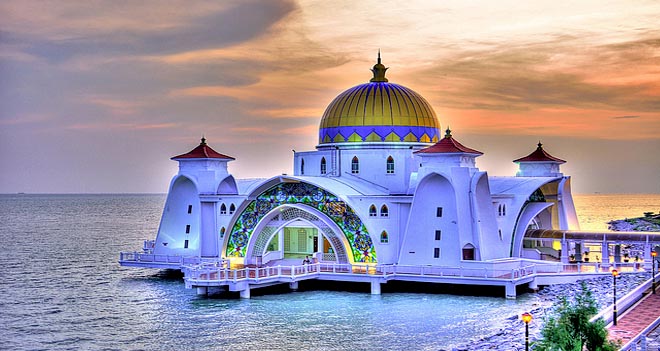 10 Most Beautiful Mosques (Masjids) in the World
10 Most Beautiful Mosques (Masjids) in the World
 10 Famous Masjids (Mosques) in Pakistan
10 Famous Masjids (Mosques) in Pakistan
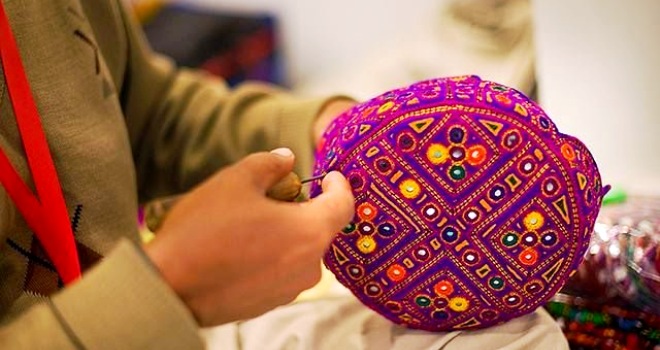 Sindh Handicrafts
Sindh Handicrafts
 Baitul Aman Masjid (Mosque) in Barisal – Bangladesh (Photos)
Baitul Aman Masjid (Mosque) in Barisal – Bangladesh (Photos)
 BRAIN (First PC Virus in History) Video
BRAIN (First PC Virus in History) Video
 Top 5 Largest Masjids (Mosques) in India (with Photos)
Top 5 Largest Masjids (Mosques) in India (with Photos)
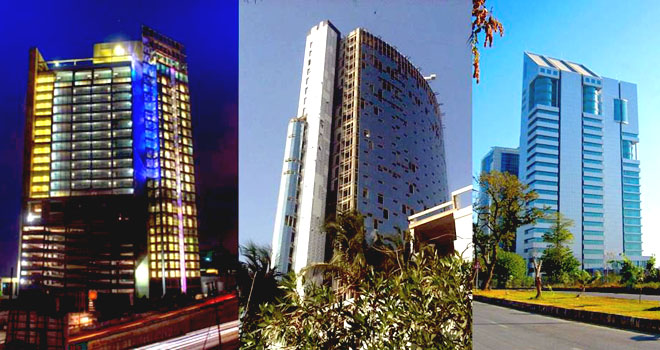 Top 10 Tallest Buildings in Pakistan According to Height (Photos)
Top 10 Tallest Buildings in Pakistan According to Height (Photos)
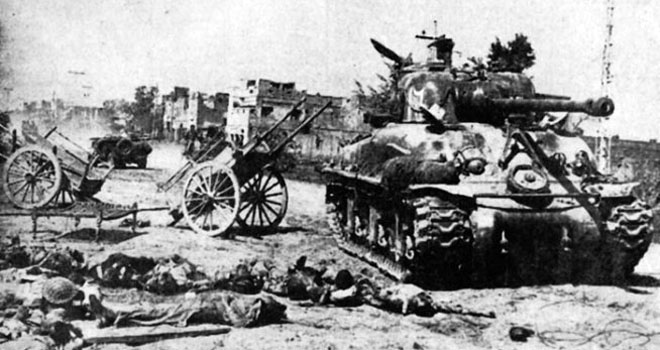 September 1965 Pak India War (Miscellaneous Photos) – Part-I
September 1965 Pak India War (Miscellaneous Photos) – Part-I
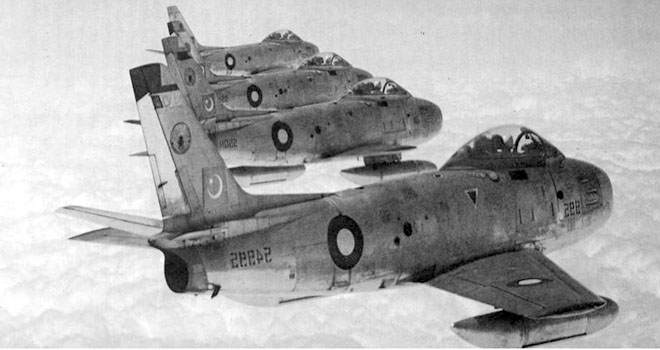 September 1965 Pak India War (Miscellaneous Photos) – Part-II
September 1965 Pak India War (Miscellaneous Photos) – Part-II
 InfoMazza.com’s 25 TOP Posts of 2015
InfoMazza.com’s 25 TOP Posts of 2015

